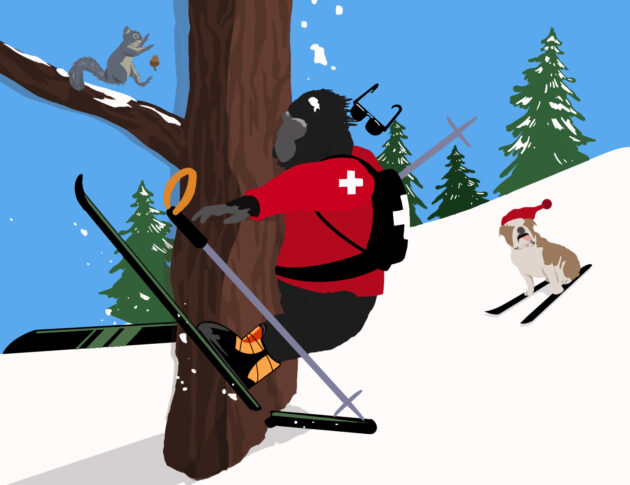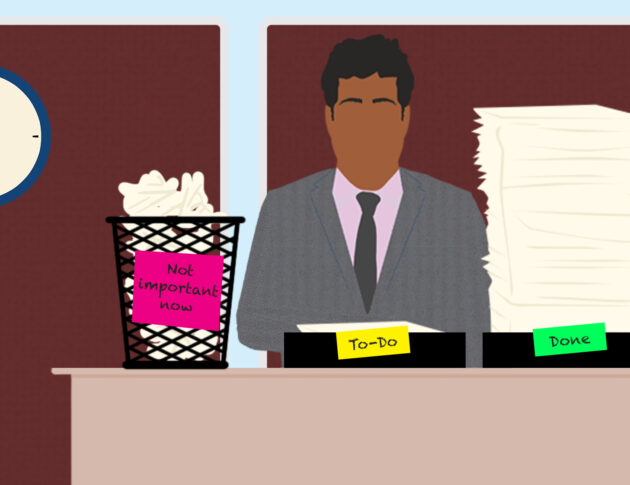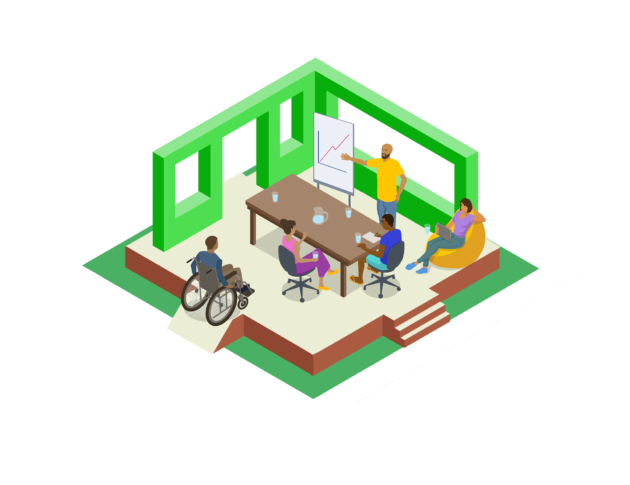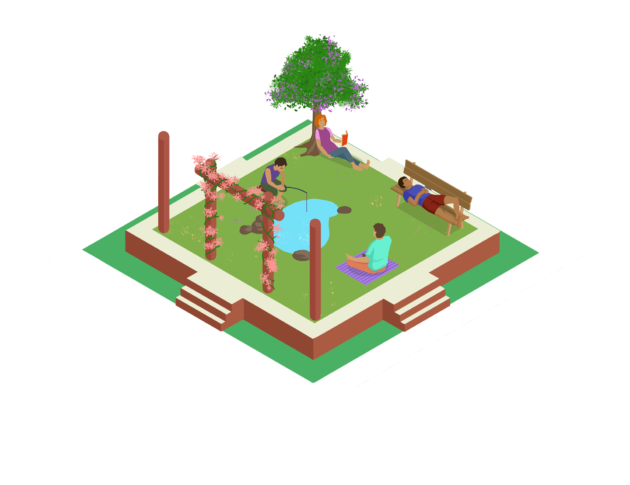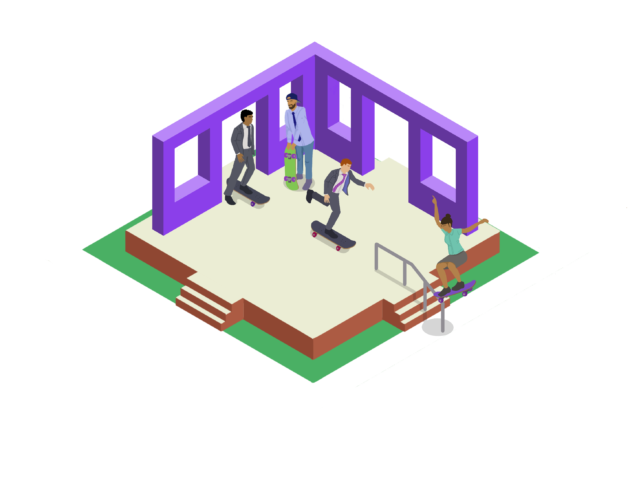08 February 2022 / Share
Resilience by Design Chapter 9: Reframing
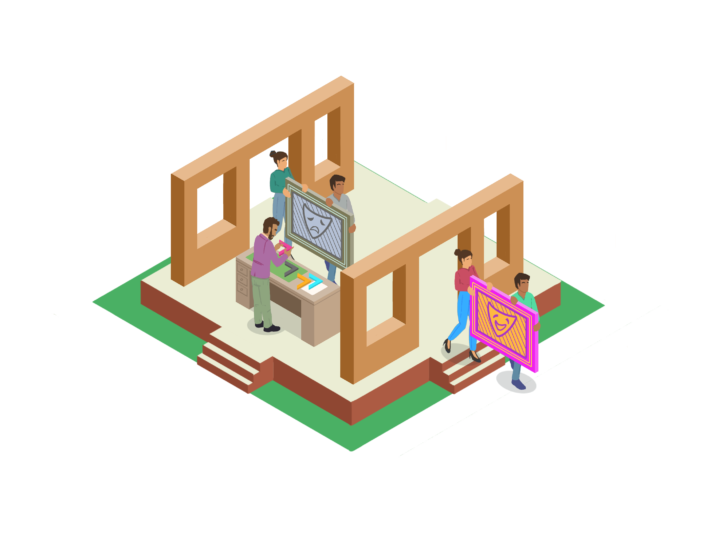
Framing is both a verbal and a non-verbal pattern that sets the scene and guides attention.
A common element in naturally occurring (unconscious) interactions, framing is frequently used as a strategy for dealing with challenging events. Framing can expand, contract, or move our attention sideways, possibly setting up for what comes next. It can focus our attention on what we want to keep in frame, or distract attention away from something we’d rather keep out of the frame.
Reframing can be used to help us develop resilience by transforming meaning without hiding the existence of evidence. If improperly applied by others, it can also reduce our resilience when it is used to deceive through redirection, fake news, or denialism. Learning how to use framing and reframing will help us notice when we are being manipulated. Reframing is the topic of Chapter 9 in Resilience by Design.
A professional firefighter, paramedic and technical rescue technician with 30 years of experience in emergency response, Chris Tompkins once held a volunteer role as an NGO executive. He now consults for global humanitarian organizations. Chris has worked as an operations leader in countries like Haiti, Chile, Pakistan, Japan, The Philippines, Kashmir, Gaza, Jordan, Greece, Nepal, Iraq, and Sudan.
Recalling a goat
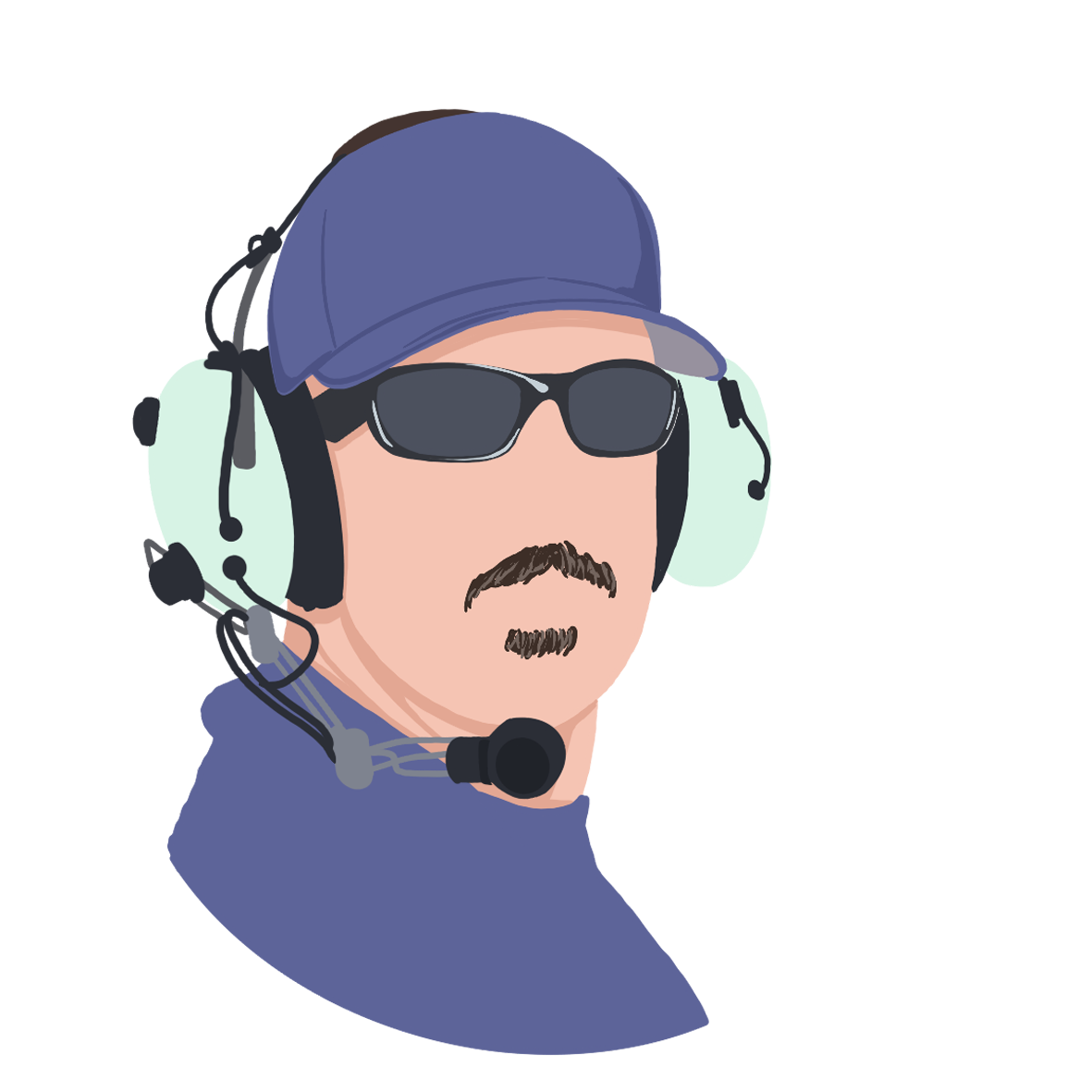
The air in those first days after the quake was heavy with the presence of death, made worse by sweltering temperatures and 230,000 lost souls. Some three million people were affected and desperate. From those 3 million, traumatic injuries flowed with no end to the scant medical providers who were first in the country.
Through unbidden tears and anger, time was distorted, and most days crawled into nighttime like a week of purgatory holding us tight. Standing in the dark at the open flaps of a tent not
designed for medical work, the canvas walls allowing just enough room to fit a patient litter perched atop stacked cinder blocks, I witnessed yet another leg amputation. This night my observer position felt like respite from a brutal day. Minding my headlamp etiquette so as not to interfere with the headlamps responsible for removing the leg, I noticed a rooster under the operating table, it was pecking up the offerings falling, much to its delight.
Notice Chris referring to the use of the “Perspectives” resources covered in chapter 5.
Sensing a new presence to my left and expecting a medical companion, I turned, speaking my distaste, only to find a male goat also watching the rooster. Rather than wasting the moment I continued speaking what was on my mind and the goat courteously gave me his full attention, with something of an apologetic look on his face. As if to say, “I’m sorry for the ill manners of my chicken friend, but you have to pull yourself together now and stop speaking aloud to me.”
Hit pause on this for a moment. You’re in Haiti, after a day of emergency operations helping out on the amputation of a leg in terrible operating conditions. A goat pokes his head in for a look. A GOAT. If there was ever a situation that needed a reframe, this was it.
The goat and I turned our attention back to the feeding rooster before re-engaging in silent concurrence that the rooster had taken things too far, even for this situation. My horned companion then returned to the shadows and I went back to work, strangely refreshed.
I realized upon returning home how that rooster represented the often-surreal desperation we were faced with in Haiti. However, the goat became a resource to me, providing a memory that allowed me to smile, for a moment at least.
We have control over how we may choose to remember incidents that we are involved in.
Years later and the horned, hooved Billy has been exchanged for a far more precise and effective approach. My colleagues and I have remained healthy and resilient through some of the most extreme experiences by way of the resilience training we undergo. I firmly believe that resilience training should be considered a standard for emergency responders in all fields. It’s also considerably more convenient than relying on a goat.
Chris’ goat may well be a determinate in his resilience, as well as his resilience being able to reframe this particular situation.


